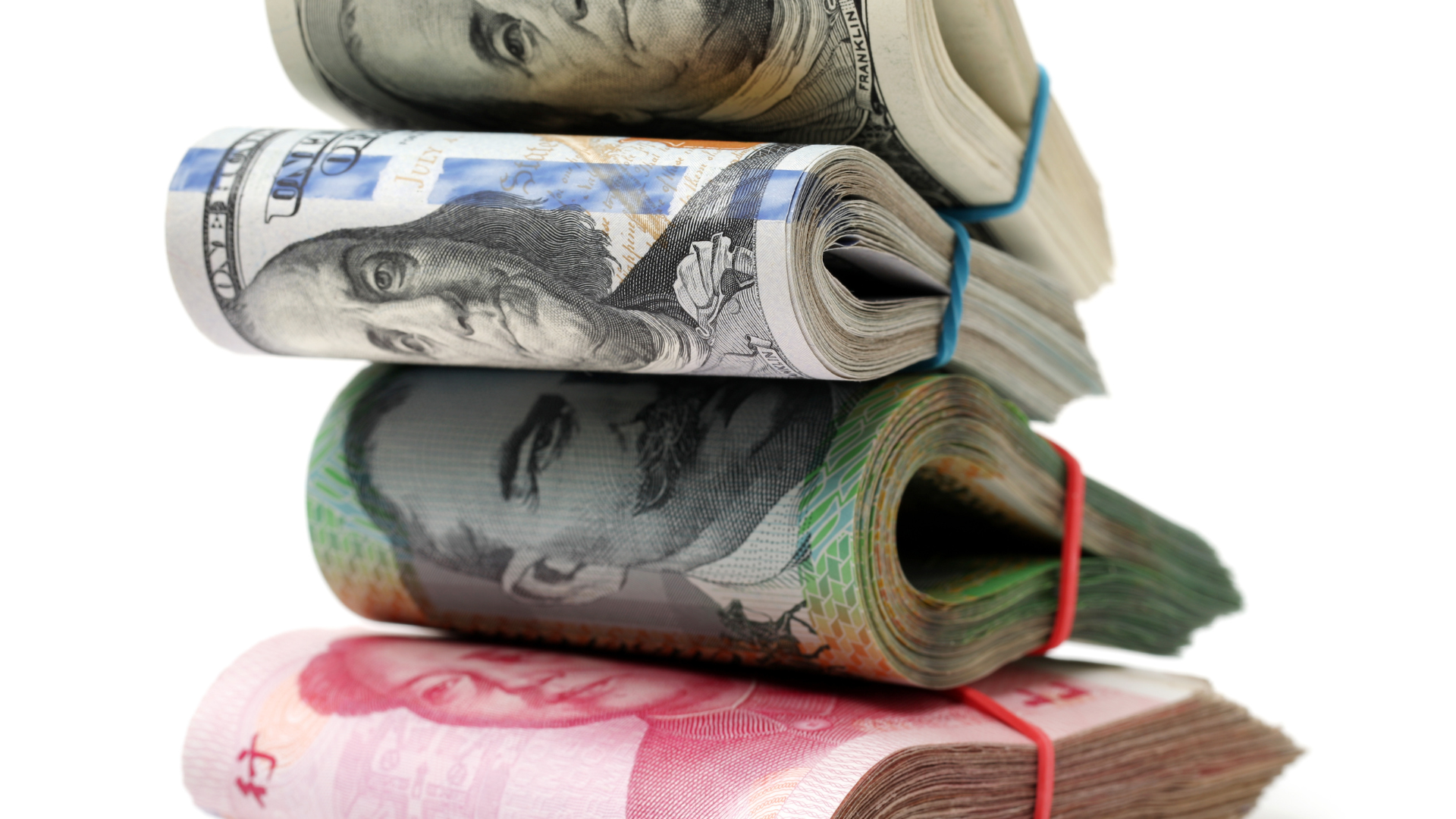The Australian dollar held firm despite a cautious market tone driven by renewed risk aversion and hawkish signals from the Federal Reserve. Investors remain wary of global economic uncertainty, yet the currency continues to find support from resilient domestic data and strong commodity prices.
Market sentiment turned defensive as concerns over geopolitical tensions and tightening financial conditions led to a retreat from riskier assets. The Fed’s latest commentary, reinforcing the possibility of prolonged higher interest rates, has strengthened the U.S. dollar, creating headwinds for the Australian currency. However, steady demand for key Australian exports, particularly iron ore, has helped offset some of the pressure.
Traders are now assessing the impact of global monetary policies on risk-sensitive currencies. The Reserve Bank of Australia (RBA) has maintained a cautious stance, emphasizing data dependence in future rate decisions. While the Fed’s hawkish rhetoric suggests further rate hikes could be on the table, the Australian economy’s relative stability has prevented sharp declines in its currency.

AUD/USD 1-D Chart as of February 12th, 2025 (Source: TradingView)
Still, challenges persist as investors weigh the Fed’s outlook against broader market risks. The U.S. dollar’s strength typically undermines the appeal of risk-linked currencies, and if expectations of additional tightening solidify, the Australian dollar could struggle to extend its gains.
Looking ahead, market participants will closely monitor U.S. economic data and statements from Fed officials for further policy clues. Any surprises in inflation figures or labor market strength could prompt another wave of dollar buying, pressuring the Australian dollar further.
Despite external risks, the Australian dollar’s resilience underscores the market’s cautious optimism. However, with uncertainty surrounding global monetary policy and investor sentiment, the currency’s ability to sustain its current levels remains in question.













